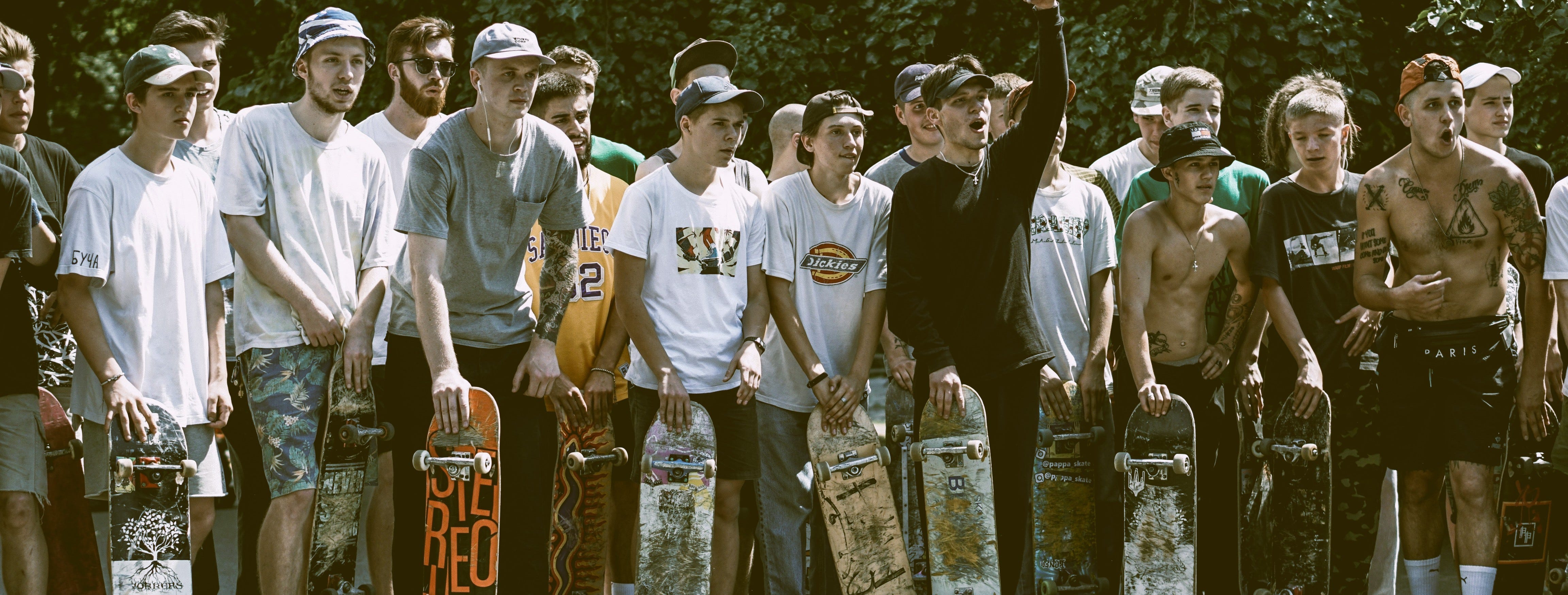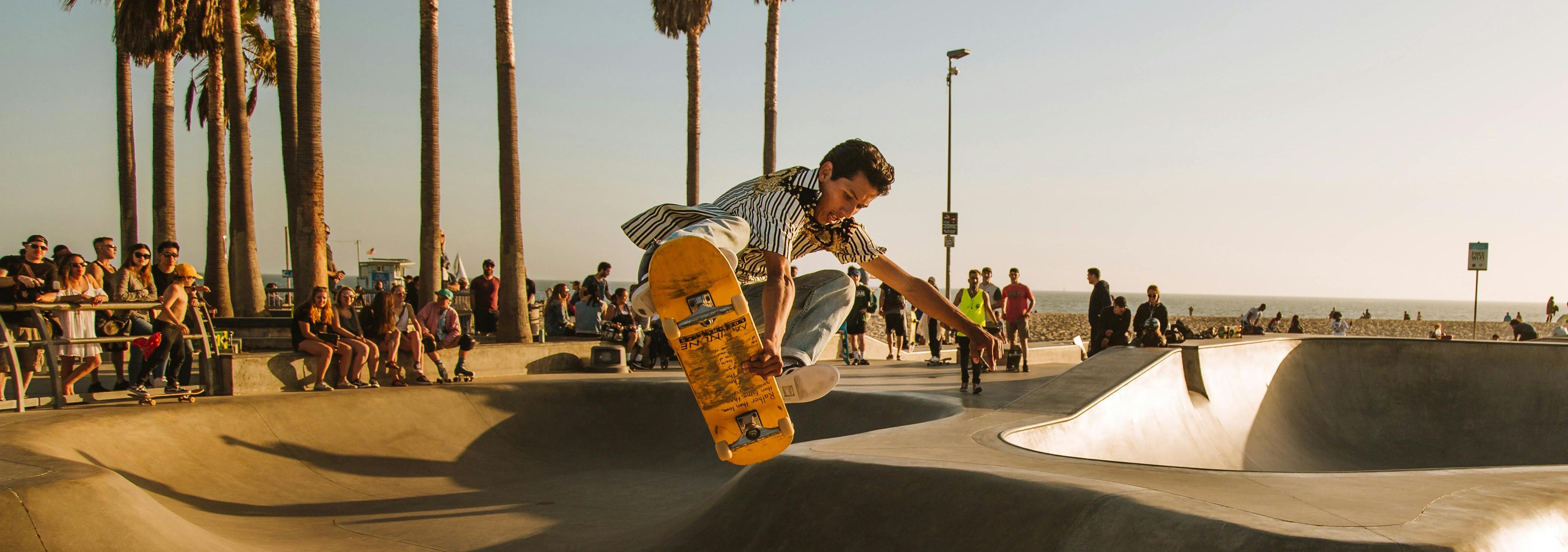The History of Skateboarding: From the Streets to the Olympics
Skateboarding has come a long way from its humble beginnings in the 1950s and has now evolved into a global sport, pushing boundaries in both style and athleticism. Once considered a rebellious pastime for a niche group of thrill-seekers, it has transformed into a dynamic global sport embraced by millions. Today, skateboarding is not only a beloved activity but also a fixture in mainstream culture, and it has earned its place among the world’s elite athletic events: the Olympics.
1950’s
Skateboarding first emerged in the late 1950s in California as an alternative to surfing when the waves were flat. Surfers began attaching wheels to their boards to "surf" the streets. Initially, these early skateboards were crude and difficult to maneuver, but they quickly gained traction among young people looking for a new form of recreation. By the 1960s, skateboarding had already developed a small but dedicated following, with skate parks emerging to accommodate this new trend.

1970’s
In the 1970s, skateboarding took a major leap forward, thanks to the invention of the urethane wheel, which provided a smoother, more durable ride. This innovation, combined with the rise of freestyle skating and the emergence of vertical ramps, allowed for greater creativity and complexity in tricks. The 1970s also saw the first skateboarding competitions, with the iconic 1975 Del Mar Nationals marking the first major event in the sport's history.

1980’s-1990’s
By the 1980s and 1990s, skateboarding had transcended from a niche activity to a mainstream sport. The culture surrounding skateboarding flourished, with the rise of skateboarding brands, videos, and magazines solidifying its place in popular culture. At the same time, skateboarding had become a competitive sport, with athletes pushing the boundaries of what was possible. It was during this time that skateboarders like Tony Hawk and Stacy Peralta began to shape the sport, with innovations in both technique and style. Skateboarding video games like Tony Hawk’s Pro Skater further fueled the sport's popularity, reaching a global audience.

2000’s
Despite facing challenges, such as being banned from many public spaces in the 1980s and 1990s, skateboarding continued to grow in prominence, eventually garnering respect as a legitimate sport. The turn of the 21st century marked a pivotal moment in skateboarding’s evolution as the sport gained more widespread acceptance and mainstream sponsorships. Skateboarding had firmly planted its roots in both urban culture and the broader athletic community.

2020
The ultimate testament to skateboarding’s evolution came in 2020 when it was announced that skateboarding would be included as an official sport in the Tokyo 2020 Olympic Games. This moment was the culmination of decades of efforts by the skateboarding community to gain recognition and respect on the global stage. Skateboarding at the Olympics was a breakthrough moment, showcasing the sport’s incredible diversity, creativity, and athleticism to a worldwide audience.
At the Tokyo 2020 Games, skateboarding made its debut, thrilling fans with young athletes, including the prodigious 13-year-old Sky Brown from the UK, who captured the hearts of many with her talent and resilience. The inclusion of street and park skateboarding disciplines offered a mix of technical tricks and spectacular airs, highlighting the versatility of the sport.

Skateboarding's journey from the streets to the Olympic podium is a testament to its enduring appeal and the dedication of those who have championed it. What started as an underground pastime has blossomed into a globally recognised sport that continues to inspire new generations of athletes and fans. As skateboarding continues to grow and evolve, one thing is certain: its story is far from over, and the future of skateboarding will undoubtedly bring even more groundbreaking moments to the world stage.


